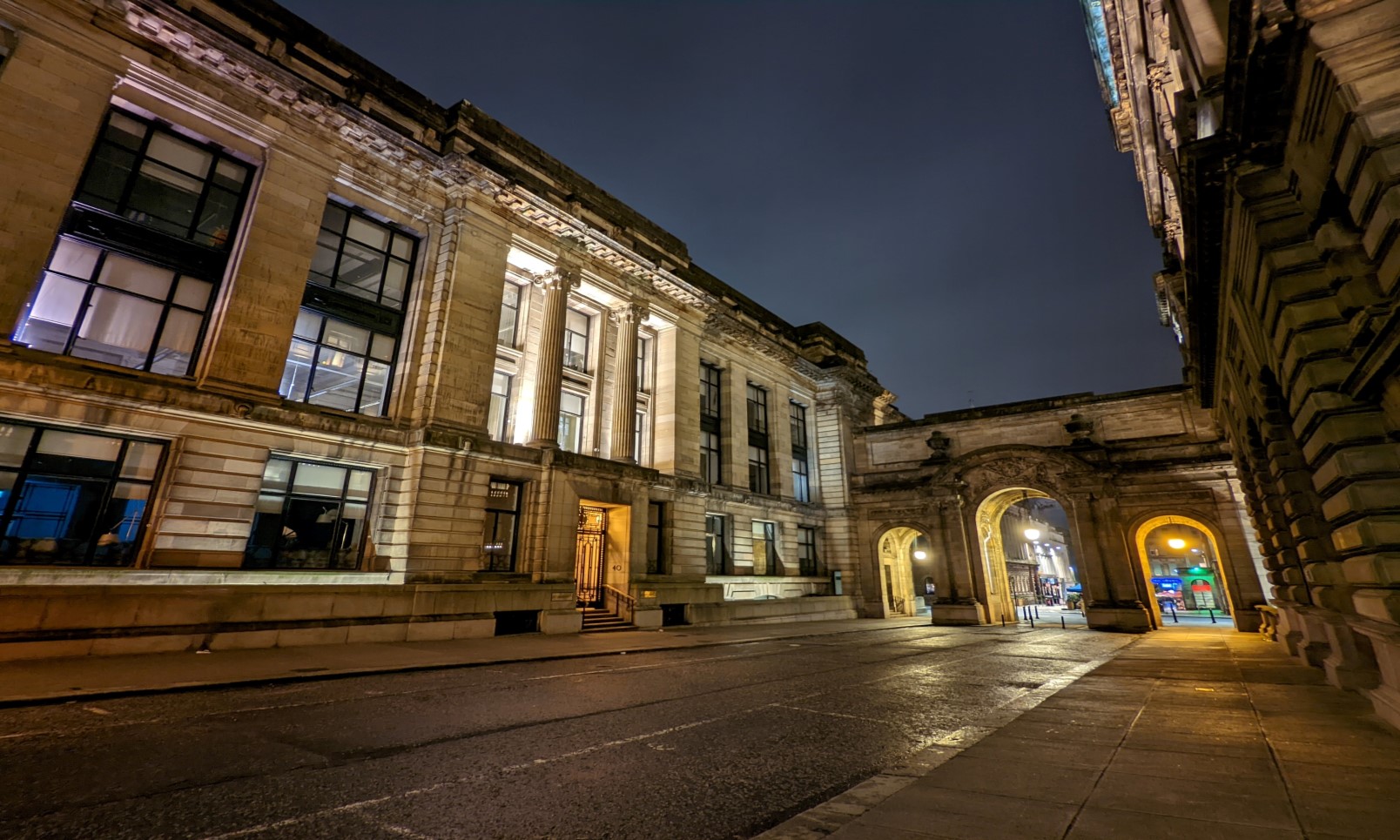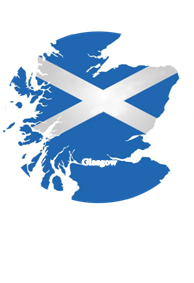With great sadness I learned that Stig Rasmussen, G1MVF died of Covid-19 on the evening of Friday 15-Saturday 16 January 2021. Some eight days before his death he believed he had contracted Covid-19. He was taken to hospital where, sadly, he subsequently passed away. Mervyn S Foster Chairman, Huntingdonshire Amateur Radio Society
Andy Levy, M5ALG passed away on the 27th of December 2020. He was a major factor in the McMichael Rally Committee for over 15 years as Booking and Organising Manager, with his cheerful welcome to all, he was in to contesting being first licenced in 1995 as G7UET. His other interests were the Christian Aid Walk, […]
Steve, G3EVA and Jim, G3YLA were on BBC TV’s Look East on Friday 16 January in a short piece talking about ‘Lockdown hobbies’. The segment starts at about 22mins
Tap or click the link below to download this week’s GB2RS news script GB2RS News Script for 17 January 2021 (11-page/217KB Microsoft Word document) Problems downloading the GB2RS news script? Try this alternative link.
Recently, the MB7IMB repeater came on the air in North Lancashire. It is a simplex AllStar gateway on 145.2375MHz narrow FM, with a CTCSS access tone of 110.9Hz. The North West AllStar Group has been formed, linking AllStar nodes and repeaters throughout north-west England. The group is encouraging use of the repeater. All that’s needed […]
Have you entered the RSGB’s ‘Get on the air to care’ construction competition? The deadline is the 1st of February. Your project can be hardware, software or a system and may be based on a kit. If you made something during the autumn lockdowns, over the holiday season, or are in the middle of something […]
Very low frequency enthusiast Joe, VO1NA reports that Stefan, DK7FC copied his 50-character EbNaut message transmitted from Newfoundland on 8.271kHz, with a radiated power of 10mW. We believe this is a new record for amateur transatlantic VLF. Joe’s tower supports a VLF rotated L, which is 10 metre average height and 100 metres long. The […]
We start with an invitation to any RSGB Member in range of GB3OC to join the GB2RS News reading team. The service area covers Caithness & Orkney, and you would be joining the two existing Newsreaders. In the first instance, please contact GB2RS News Manager Steve Richards, G4HPE, via email to gb2rs.manager@rsgb.org.uk Details of all […]
Radio Society of Harrow has a net on Sundays from 2pm on 145.350MHz. Tuesday sees a net on GB3HR from 8pm. On Thursday there’s a net from 8.15pm on 145.350MHz. Details from Linda, G7RJL via email to lcasey100@outlook.com Felixstowe & District Amateur Radio Society has an open net on Sundays from 10am on 145.400MHz. Monday […]
Thornbury & South Gloucestershire Amateur Radio Club has a daily stay well net on GB3ZB from 10.30am. On Wednesday there’s a Zoom meeting from 8pm and Fridays sees a net on 145.450MHz. For details, email secretary@tsgarc.uk On Wednesday 20 Newquay & District Amateur Radio Society has its net on GB3NC from 7pm. For details, see […]

